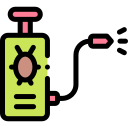Effective Treatments for Furniture Bed Bug Infestations: Practical Strategies That Work
Chosen theme: Effective Treatments for Furniture Bed Bug Infestations. If tiny, rust colored spots and restless nights have you worried, you are not alone. Here you will find clear, field tested methods to reclaim your furniture and peace of mind. Join the discussion, subscribe for updates, and tell us what has worked for you.
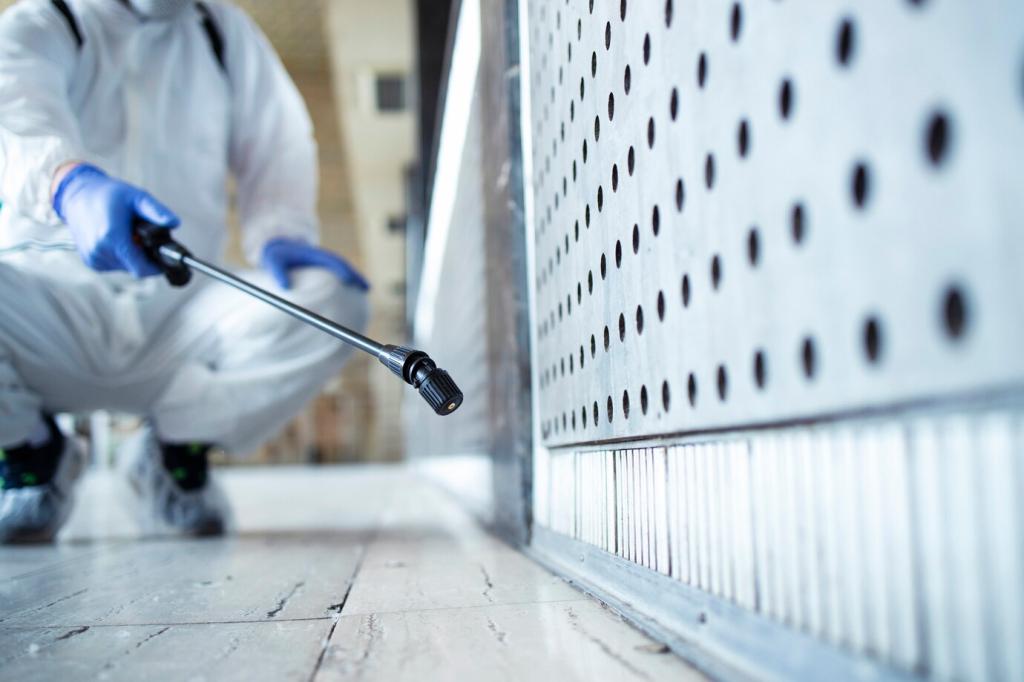
Know Your Enemy: Bed Bugs Hiding in Furniture
Bed bugs pass through egg, nymph, and adult stages, feeding between molts. Treatments must consider eggs surviving sprays and heat pockets. Plan repeated interventions to catch newly hatched nymphs before they reproduce.
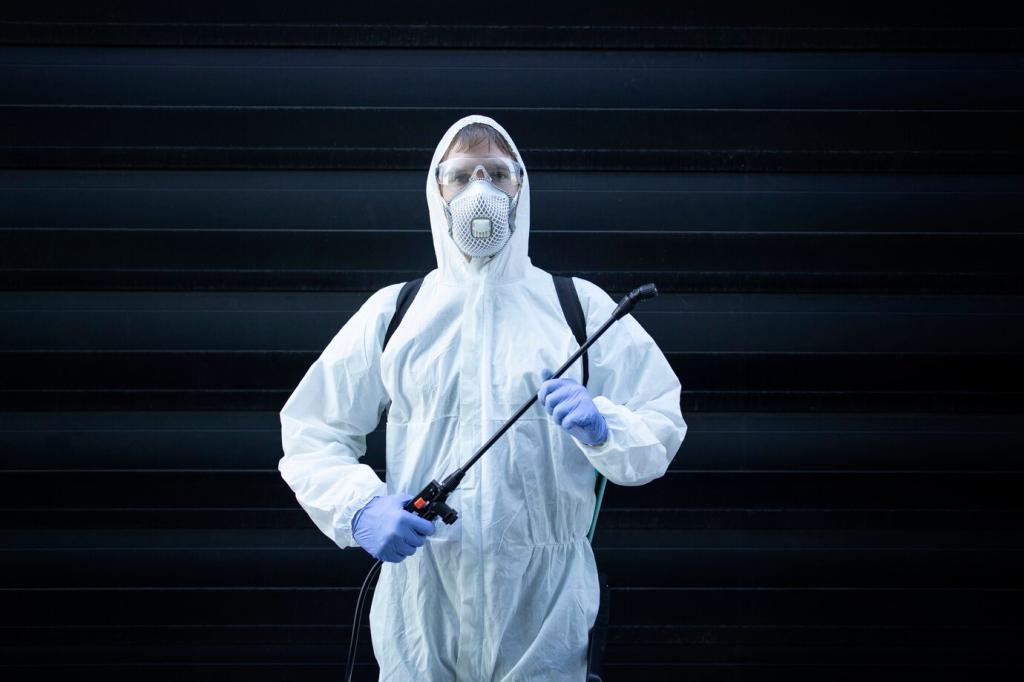
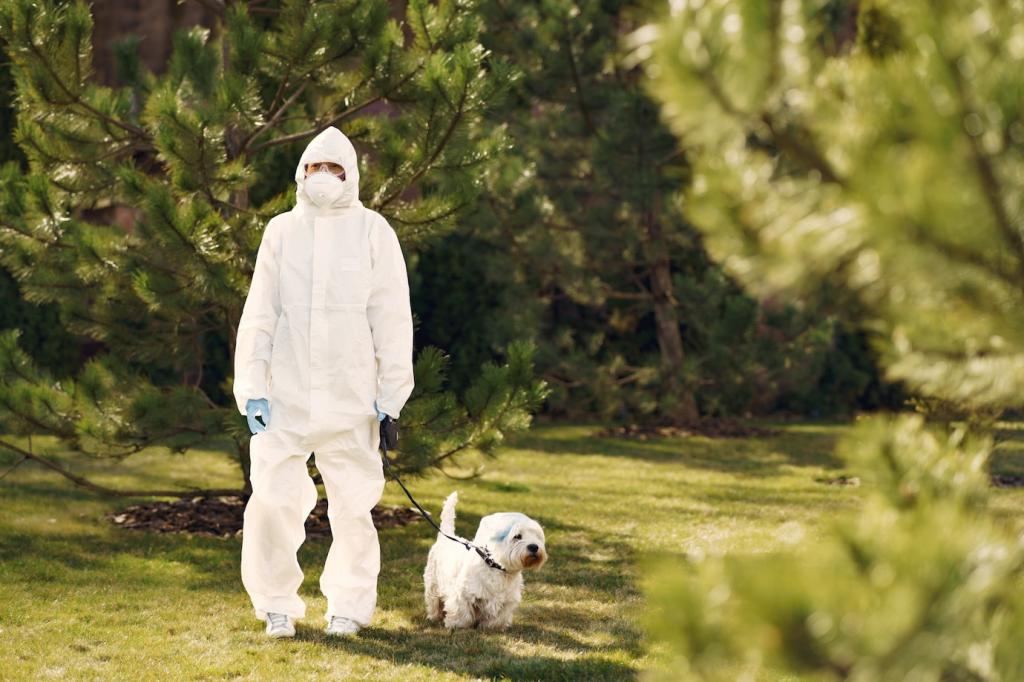
Know Your Enemy: Bed Bugs Hiding in Furniture
Bed bugs prefer tight seams, staples, fabric folds, screw holes, and wooden joints. In recliners, they love undercarriage mechanisms. Inspect zipper welts, dust covers, and tack strips carefully, using a flashlight and thin card.
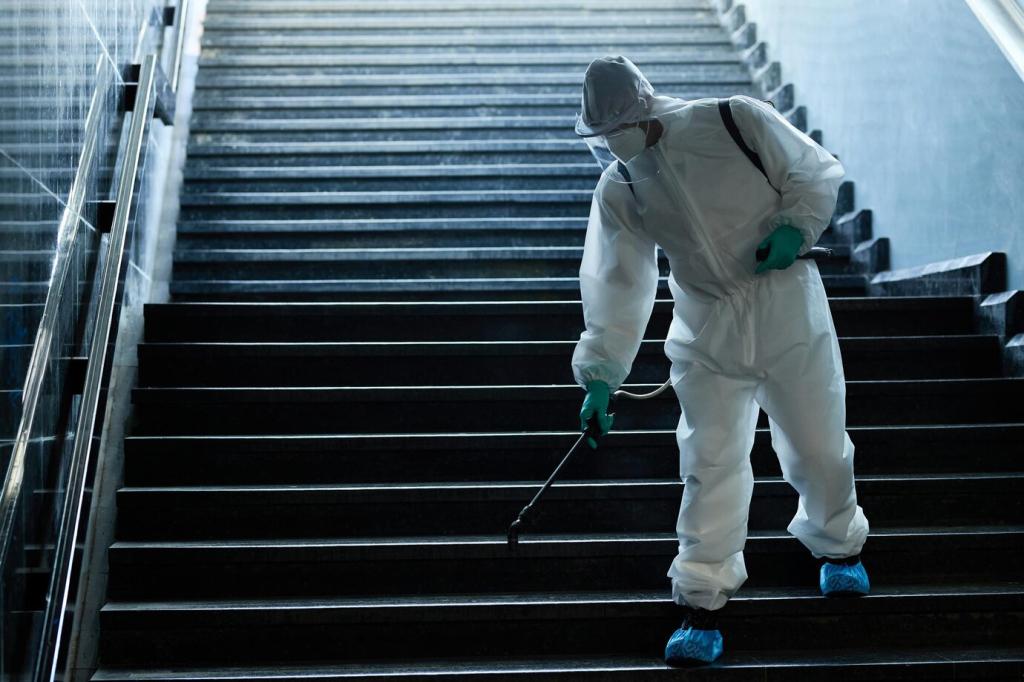
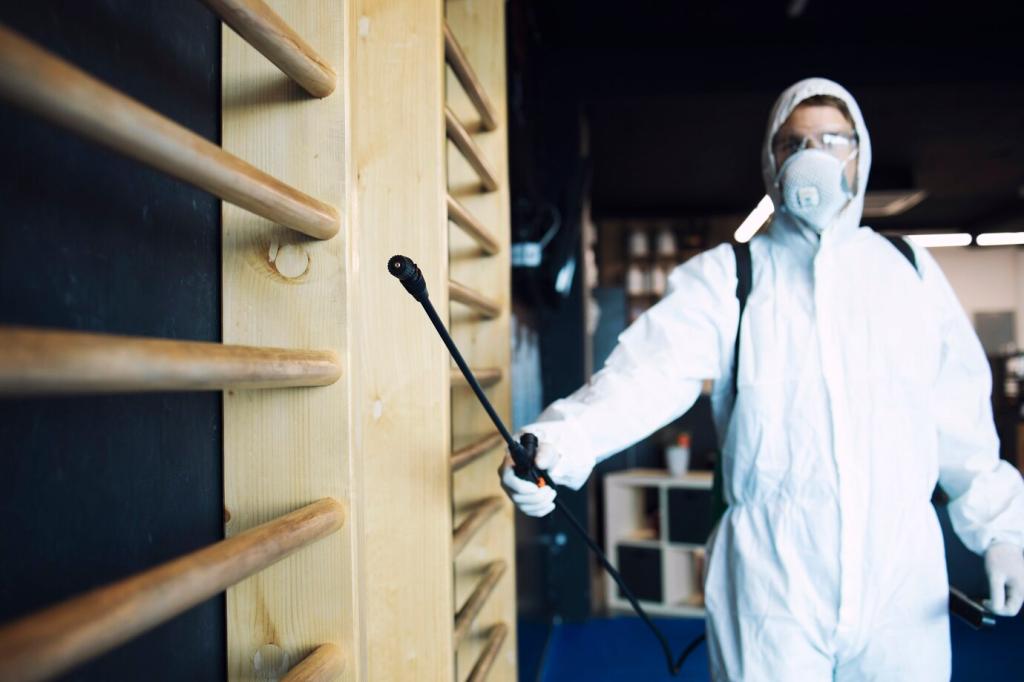

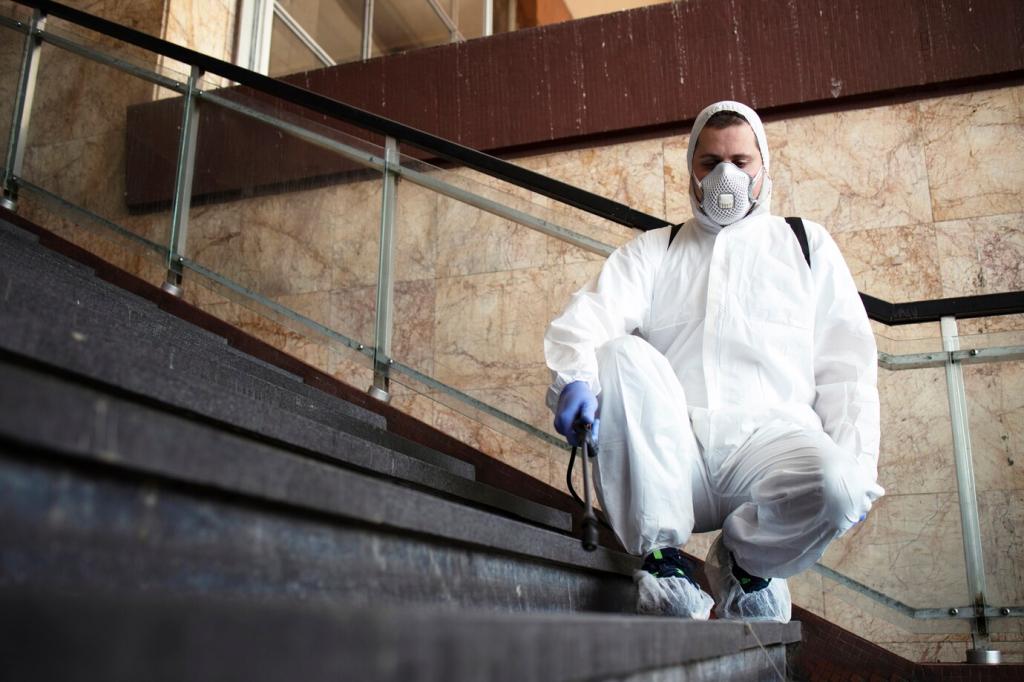
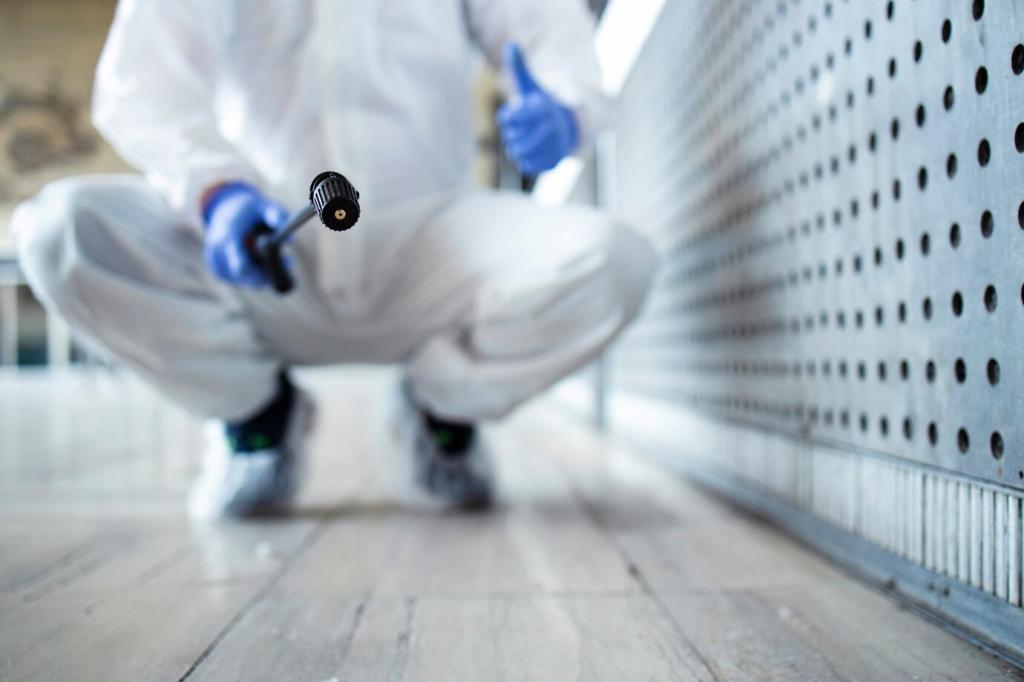
Smart Chemicals: Sprays, Dusts, and Resistance Aware Strategies
Select products registered for indoor bed bug use on furniture. Check active ingredients and formulation type. Follow label directions exactly for ventilation, reentry intervals, and application limits. Safer practice builds lasting results and confidence.
Smart Chemicals: Sprays, Dusts, and Resistance Aware Strategies
Silica gel or diatomaceous earth dusts work best in hidden cavities, not open surfaces. Puff lightly into joints, under staples, and screw holes. Too much dust clumps, reduces effectiveness, and creates unnecessary mess.
Chemical Free Allies: Encasements, Vacuuming, Interceptors, and Laundry
Use tear resistant encasements with locking zippers on mattresses, box springs, and large cushions. Seal completely and leave encased for at least twelve months. This reduces harborage complexity and simplifies ongoing inspections.
Your Action Plan: Step by Step Furniture Treatment Timeline
Preparation that maximizes every minute of treatment
Declutter around furniture, elevate items off floors, and launder textiles. Remove outlet covers only if safe and necessary. Diagram furniture with notes on hot spots, then stage tools where you can reach them quickly.
Week one through three: coordinated heat, dust, and monitoring
Start with detailed steam, then apply dusts in structural voids. Install interceptors and sticky monitors. Reinspect at days seven and fourteen, repeating spot heat or sprays as new nymphs emerge from protected eggs.
When to declare victory and how to stay vigilant
After forty five days without bites, live captures, or fresh fecal spots, you likely succeeded. Keep interceptors during another month. Encourage friends to learn from your process by commenting and subscribing for updates.
Field Story: The Couch That Finally Slept Quietly
Discovery on a rainy Sunday and the first decisive steps
After noticing dark flecks on the couch seam, Maya lifted the dust cover and found sheds near a staple row. She photographed evidence, vacuumed methodically, and ordered interceptors, promising herself weekly, focused action.
Layered treatments beat a hidden colony in recliner joints
Steam reached deep along the reclining mechanism, followed by a whisper thin dust puff into screw holes. Two days later, residual spray on fabric folds finished stragglers. Interceptors confirmed declining activity week after week.
The turning point and lessons Maya shared with readers
By day twenty one, fresh spots disappeared and interceptors stayed clean. Maya kept encasements on cushions and posted her plan. Her takeaways emphasized patience, precise targeting, and celebrating every small, measurable win.
Inspect secondhand furniture outdoors with a flashlight, prying gently at seams and backing. Transport wrapped in plastic. Heat treat or quarantine in a contained area before bringing pieces inside. Share your inspection checklist with friends.
